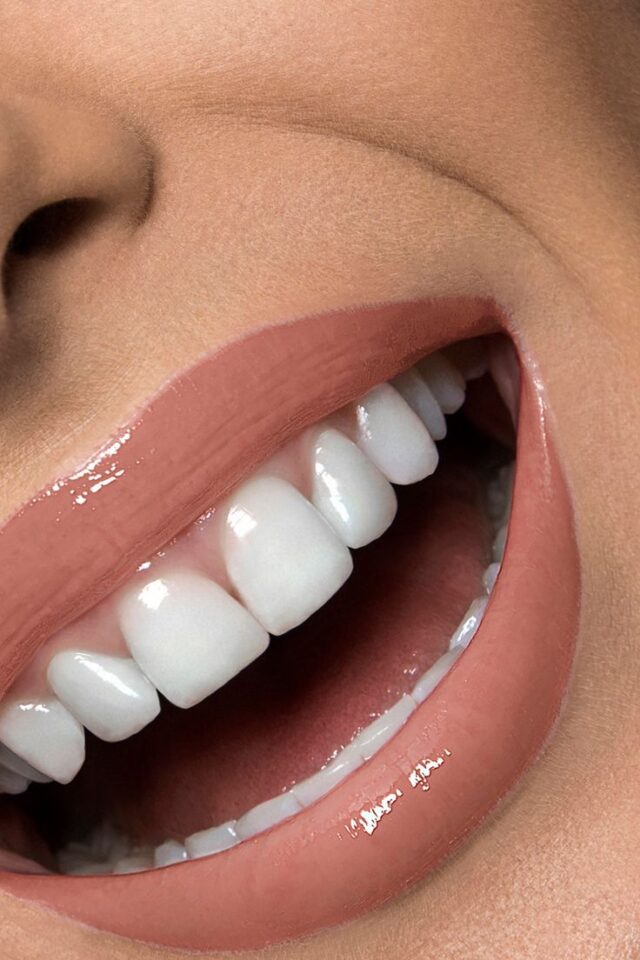Veneers are thin shells, typically made of porcelain or composite resin, custom-made to fit over the front surface of teeth. They are used to enhance the appearance of teeth by changing their color, shape, size, or length. Veneers can serve as a cosmetic solution for various dental issues such as discoloration, chipped or broken teeth, gaps between teeth, and misaligned teeth.
The process of getting veneers usually involves several steps:
- Consultation: The initial step is to consult with a dentist to determine if veneers are the appropriate option for your dental concerns. During this consultation, the dentist will examine your teeth, discuss your objectives, and explain the veneer procedure.
- Preparation: Once you decide to proceed with veneers, the dentist will prepare your teeth by removing a small amount of enamel from the front surface. This step is necessary to create space for the veneers and ensure a proper fit.
- Impression: Following tooth preparation, the dentist will take impressions or digital scans of your teeth. These impressions serve as the basis for creating custom veneers that perfectly match your teeth.
- Temporary veneers: In some cases, temporary veneers may be placed on your teeth while the permanent ones are being fabricated. These temporary veneers protect your teeth and provide a preview of your final smile.
- Fabrication: The impressions or scans of your teeth are sent to a dental laboratory where skilled technicians fabricate your custom veneers. This process typically takes a few weeks.
- Bonding: Once the veneers are ready, you will return to the dentist to have them bonded to your teeth. Before bonding, the dentist ensures that the veneers fit properly and match the color of your natural teeth. Special adhesive is then used to permanently attach the veneers to your teeth.
- Final adjustments: After bonding the veneers, the dentist may make final adjustments to ensure they feel comfortable and function properly. This may involve trimming or polishing the veneers as needed.
With proper care, veneers can last for many years. However, it’s important to maintain good oral hygiene practices and avoid habits that can damage the veneers, such as biting on hard objects or using your teeth to open packages. Regular dental check-ups are also essential for maintaining the health and longevity of your.
There are several different types of procedures that can be used to improve the appearance of teeth. Choosing the right type of veneers can vary depending on an individual’s needs, costs, and dental requirements. It’s also important to consult with a dentist to determine which option is most suitable for you.


